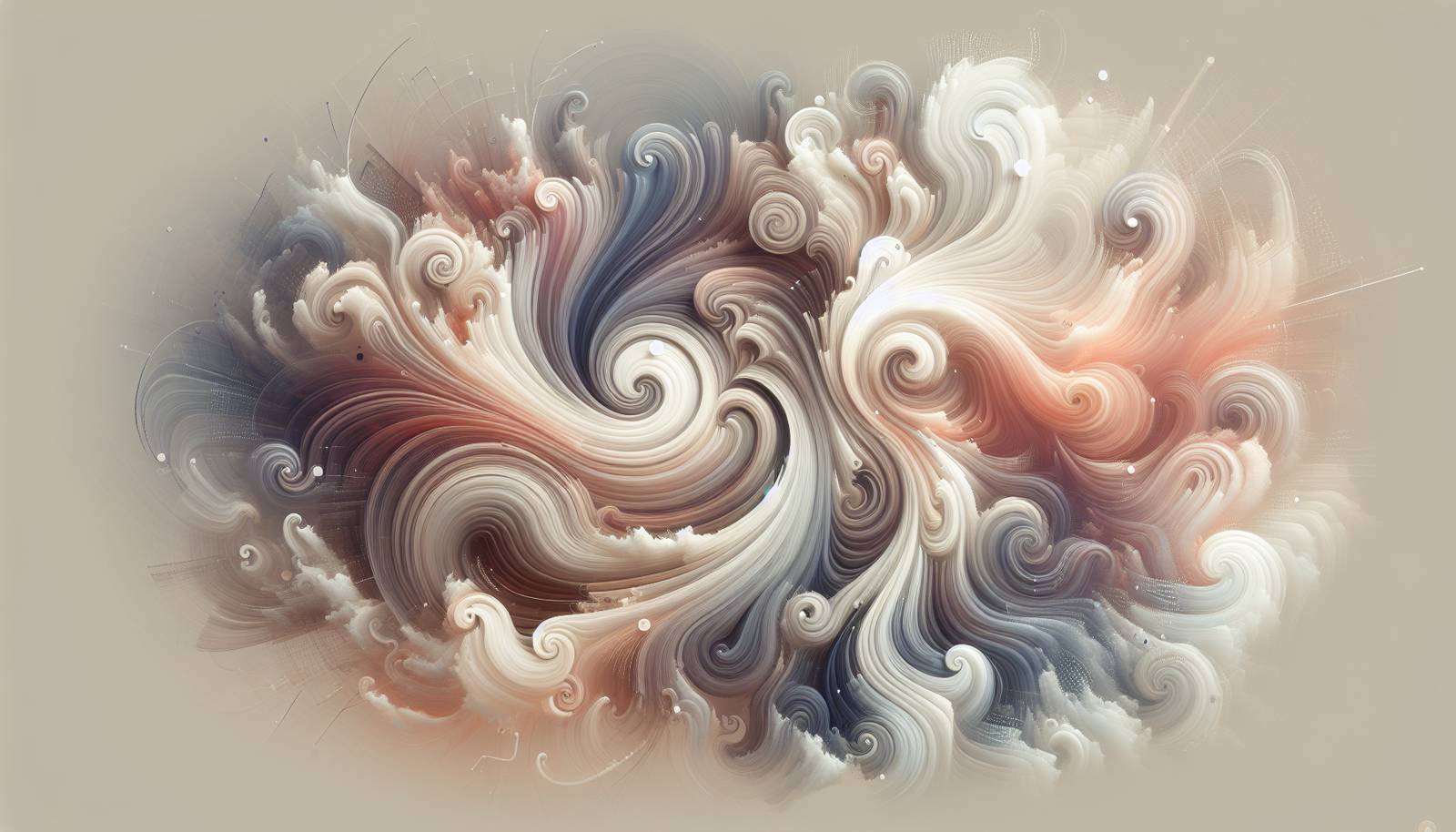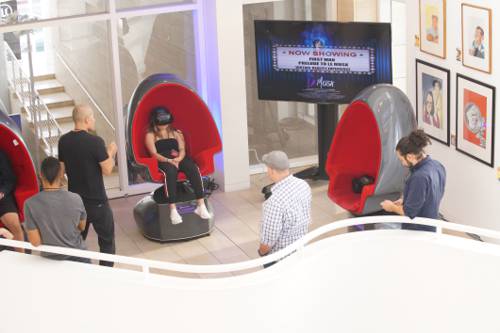
FAQ About The Impact of Virtual Reality on Film Production Techniques

What is virtual reality in the context of film production?
Virtual reality (VR) in film production refers to the use of VR technology to create immersive movie experiences. This involves capturing 360-degree footage or creating computer-generated environments that viewers can explore using VR headsets. The technology allows filmmakers to craft more engaging narratives where audiences can interact directly with the story world.

How does virtual reality affect traditional cinematography in films?
Virtual reality fundamentally changes traditional cinematography by removing the fixed frame of a traditional camera. In VR, filmmakers must consider the immersive environment where the audience has the agency to look in any direction. This requires innovative camera techniques and staging to guide viewers' attention naturally throughout the experience.

Can virtual reality change the way stories are told in films?
Yes, virtual reality can significantly alter storytelling techniques. In VR films, narratives can become non-linear, allowing viewers to create their own paths and experiences within the story. This opens up new possibilities for interactive and participatory storytelling, making the audience an active participant in the cinematic experience.

What are some examples of films that use virtual reality technology?
Several films and experiences have utilized VR technology, such as "The Great C" by Secret Location and "Wolves in the Walls" by Fable Studio. These projects showcase how VR can be used to tell immersive stories in a way that traditional cinema cannot.

How has virtual reality influenced audience interaction with films?
Virtual reality transforms audience interaction by making viewers active participants rather than passive observers. Audiences can influence how a story unfolds, discover hidden storylines, and interact with characters and environments, creating a deeply personal and engaging cinematic experience.

What are the benefits of using virtual reality in film production?
Benefits of using VR in film production include creating immersive and interactive experiences, innovative storytelling opportunities, and the ability to transport viewers to new and imagined worlds. It also allows filmmakers to experiment with new visual and narrative forms that can enhance emotional engagement and storytelling depth.

What challenges do filmmakers face when using VR in films?
Filmmakers face several challenges when using VR, including technical limitations such as rendering times and hardware constraints, the need for new production skills and techniques, and the challenge of storytelling without a fixed frame. Ensuring audience comfort and avoiding VR-induced motion sickness are also significant concerns.

How does virtual reality impact film production costs?
Virtual reality can significantly impact production costs. While VR offers new creative opportunities, it can also require more resources, including advanced technology and skilled personnel. However, costs can vary depending on the scale and complexity of the VR project.

Are virtual reality films accessible to all audiences?
While VR films offer unique experiences, accessibility can be a concern. Viewers need VR headsets and sufficient space to fully experience these films. Additionally, the technology may not yet be widely adopted by all demographics, potentially limiting audience reach.

What types of stories are best suited for virtual reality films?
Stories that benefit from immersive environments and interactive elements are well-suited for VR films. This includes genres like science fiction, fantasy, and horror, where the experience of being inside the story world can significantly enhance the narrative.

How do virtual reality films differ from traditional films in terms of audience experience?
VR films offer a more immersive and interactive audience experience compared to traditional films. Viewers can explore the environment, interact with characters, and influence the storyline, making each viewing potentially unique. This contrasts with the passive viewing experience of conventional movies.

What technologies are essential for producing virtual reality films?
Essential technologies for producing VR films include VR cameras capable of capturing 360-degree images, powerful computers for rendering scenes, VR headsets for viewing, and software for editing and creating VR environments. These technologies work together to create fully immersive visual narratives.

How do actors perform in virtual reality films?
Performing in VR films requires actors to adapt to motion capture technology and perform without traditional sets. Actors often wear motion capture suits to record their movements, which are then integrated into the virtual environment, allowing for more interactive and immersive performances.

Could virtual reality replace traditional film production?
While VR offers exciting possibilities, it is unlikely to completely replace traditional film production. Both mediums offer unique experiences and can complement each other. Traditional films have storytelling strengths that VR cannot replicate, and VR will likely continue to develop as a niche complementing traditional cinema.

How are VR environments created for use in films?
VR environments for films are created using advanced computer graphics and software. 3D artists and developers design and build these environments in digital space, often with intricate detail to enhance immersion. The process can involve both realistic renderings and fantastical creations tailored to the film’s narrative needs.

What training do filmmakers need to effectively use VR technology?
Filmmakers need training in both technical and creative aspects to effectively use VR. This includes learning about VR hardware, software for creating and editing VR content, as well as new storytelling techniques suited for immersive environments. Understanding audience interaction dynamics is also crucial.

How has virtual reality technology advanced film production techniques?
Virtual reality technology has advanced film production techniques by introducing new ways of capturing, rendering, and presenting stories. It has enabled the creation of more complex and interactive narratives and environments that engage audiences in innovative ways beyond the capabilities of traditional methods.

What role do sound and music play in VR films?
Sound and music play crucial roles in VR films by enhancing immersion and guiding audience attention. Spatial audio technologies are used to create a 3D soundscape that makes the virtual world more convincing and aids in storytelling by highlighting important narrative elements.

How is audience feedback different for VR films compared to traditional films?
Audience feedback for VR films often focuses on the level of immersion and interactivity. Viewers may comment on the realism of the virtual environment, the ease of navigating through the story, and the emotional engagement. This differs from traditional films where critique is more focused on narrative and audiovisual elements.

What potential does virtual reality hold for the future of film production?
Virtual reality holds significant potential for the future of film production, offering new paths for storytelling and audience engagement. It may lead to the development of hybrid models combining VR and traditional elements, and further technological advances could broaden its accessibility and application in the cinematic arts.
